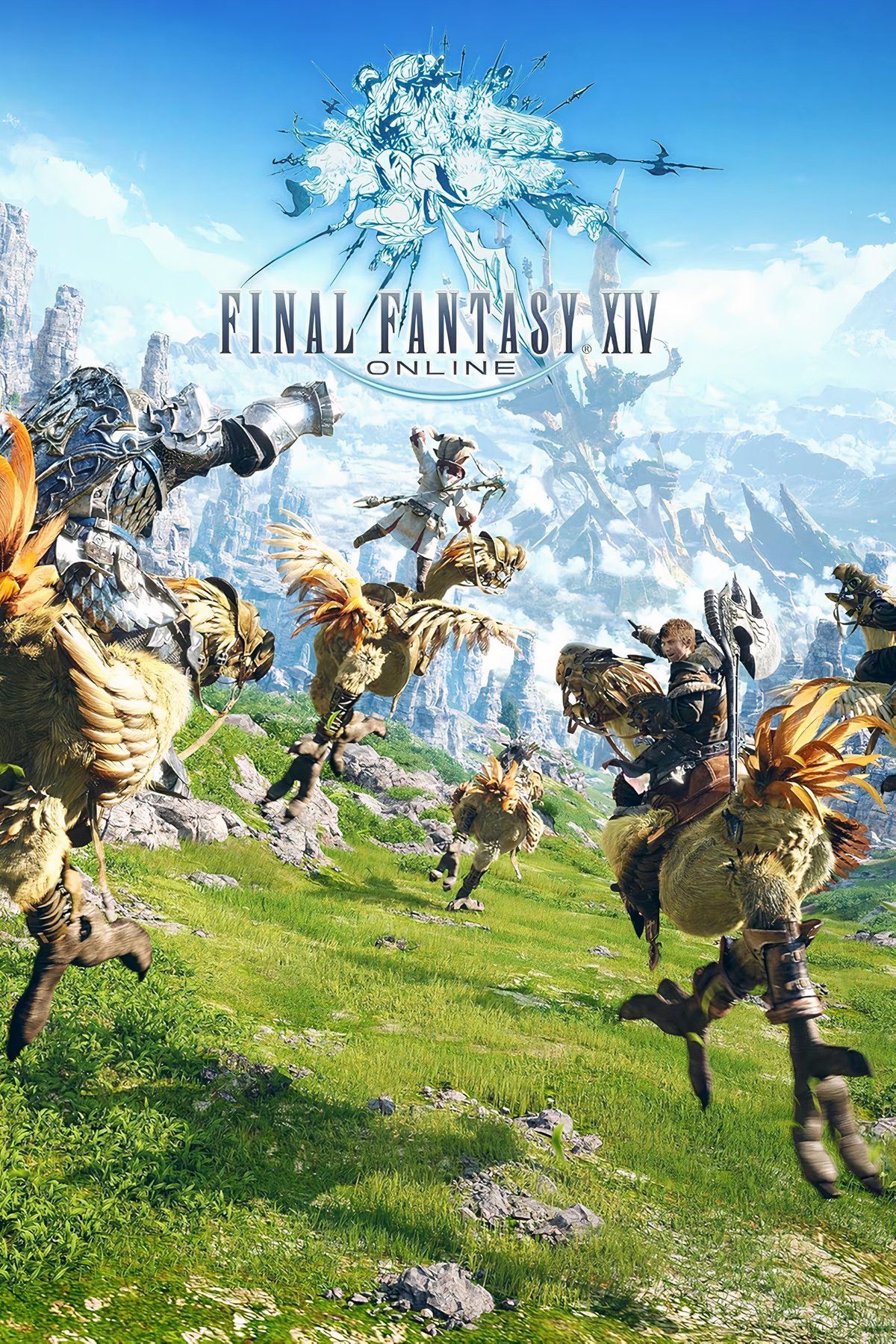Final Fantasy 14’s Patch 7.25 doesn’t just update the game; it rewinds time in the best way. With the introduction of Occult Crescent and the Phantom Weapon questline, Square Enix delivers a love letter to classic RPG design. This isn’t filler content for those waiting on the next raid tier. Crescent Isle gives players a world worth exploring, with secrets tucked into every fog-covered horizon and lore-rich crevices that demand party coordination, old-school discovery, and real investment in characters.
The zone evokes the spirit of early Final Fantasy titles with design choices that blend nostalgia and creativity. Gerolt’s return is more than comic relief; it’s a grounding element that reminds players how far Final Fantasy 14 has come. Add in a melancholic thread through Ketenramm, who suggests this expedition might be his final one, and the content starts to take on an emotional layer. For players who’ve been around since A Realm Reborn, this is a continuation that feels earned.
Related
Final Fantasy 14 Mobile’s Exclusive Features Are a Double-Edged Sword
The idea of exclusive features in Final Fantasy 14 Mobile is one that many players knew was inevitable, and many have their pros, but also their cons.
Crescent Isle Embraces Classic Final Fantasy 14
Crescent Isle’s structure in Final Fantasy 14 breaks away from the typical rotation of kill-and-collect MMO zones. Here, players team up in traditional RPG fashion to explore twisting ruins, face massive enemies, and interact with mysterious devices like the “knowledge stones,” which respond uniquely depending on the player’s Phantom Job. The Thief, for instance, can unlock special doors within dungeons, an ability that makes party composition matter beyond raw DPS or heals.
The Phantom Jobs in Crescent Isle come from earlier Final Fantasy games, especially Final Fantasy 5, where roles like Chemist, Time Mage, Berserker, and Geomancer were central to the series’ flexible combat systems. For longtime fans, their inclusion brings back familiar concepts. For newer players, it’s a chance to see the variety that once defined the franchise. Introducing them now lets players explore older design ideas in a limited but meaningful way, connecting the game’s present with its broader legacy.
Many of the Phantom Jobs, such as Geomancer and Chemist, were once considered for full implementation in Final Fantasy 14, but were shelved due to balance concerns. This is the first time players get a taste of how they might have played.
The zone isn’t just about combat or relic grinding. It’s about the thrill of learning. Knowledge, presented as a literal currency for growth, is embedded into exploration. Players must use job-specific abilities at knowledge stones to unlock party-wide buffs, creating a synergy between narrative, progression, and mechanics. In this system, learning is action, and action is rewarded.
Phantom Weapon Questline Revives Old Relic Energy
Veteran players will recognize how the Phantom Weapon questline cheekily nods to the infamous Zodiac relic grind. There’s a self-aware humor woven through the dialogue, with Gerolt delivering commentary that almost feels like a wink to longtime fans. But this isn’t just a nostalgia trip; the new relic progression is built into the zone itself, integrating dungeon delving, party buffs, and knowledge stone usage into advancement.
There’s a rhythm here that will feel familiar to players who stuck through Final Fantasy 14’s earlier, more experimental phases, only now, it’s refined. The Phantom relics tie directly into the environment, asking players to not just farm items, but understand the space they’re in. It’s a design decision that calls back to classic dungeon-crawling RPGs, where player agency and curiosity often meant the difference between success and a wipe.
The three starting Phantom Jobs (Knight, Monk, and Bard) are not only useful in combat but offer powerful 30-minute buffs at knowledge stones. Each job’s buff is unique, encouraging party leaders to plan around their effects when tackling group content.
The job diversity also allows players to experiment with roles they might not normally play. A ranged FF14 player might try Monk for its power at melee range, while tanks may find themselves testing Bard for utility. These micro-roles don’t require a gear grind or full role commitment, making the system flexible and playful.
Archive and Ketenramm Add Emotional Depth
Narrative weight hasn’t been neglected in this update. Ketenramm’s arc in Dawntrail gave him depth, but Crescent Isle adds a new dimension. Now wrestling with mortality and legacy, his involvement frames the zone’s eerie beauty with a sense of finality. Players aren’t just grinding, they’re witnessing the quiet ending of one character’s journey, and possibly the beginning of something older, tied to Nym’s mysterious past.
Archive, a new NPC, is more than a quest-giver. This character delivers lore that potentially hints at Patient Zero for the illness that destroyed Nym, something that’s haunted players since the early days of Final Fantasy 14. Archive turns lore into interaction, guiding players with puzzles, trivia, and mysteries that feel earned. By the time a major reveal hits, it feels like the player helped uncover it, not just watched it unfold.
This blend of deep character storytelling and archaeological gameplay connects players to the history of Eorzea. Crescent Isle doesn’t overwrite the past—it surfaces it, brushes the dust away, and asks players to look closer. Those wanting an elongated, exploratory reason to return will find it here.

Final Fantasy 14

- Released
-
August 27, 2013
- ESRB
-
T for Teen – Language, Mild Blood, Sexual Themes, Use of Alcohol, Violence
- Engine
-
Originally the Crystal Tools engine, but currently it’s a custom engine using parts of the Luminous Engine.
- Multiplayer
-
Online Co-Op, Online Multiplayer








![The Lonesome Guild [RUNE] – MaxBit The Lonesome Guild [RUNE] – MaxBit](https://i3.wp.com/gamepcfull.com/wp-content/uploads/2025/10/Free-download-the-lonesome-guild-gamepcfull.jpg?w=100&resize=100,100&ssl=1)